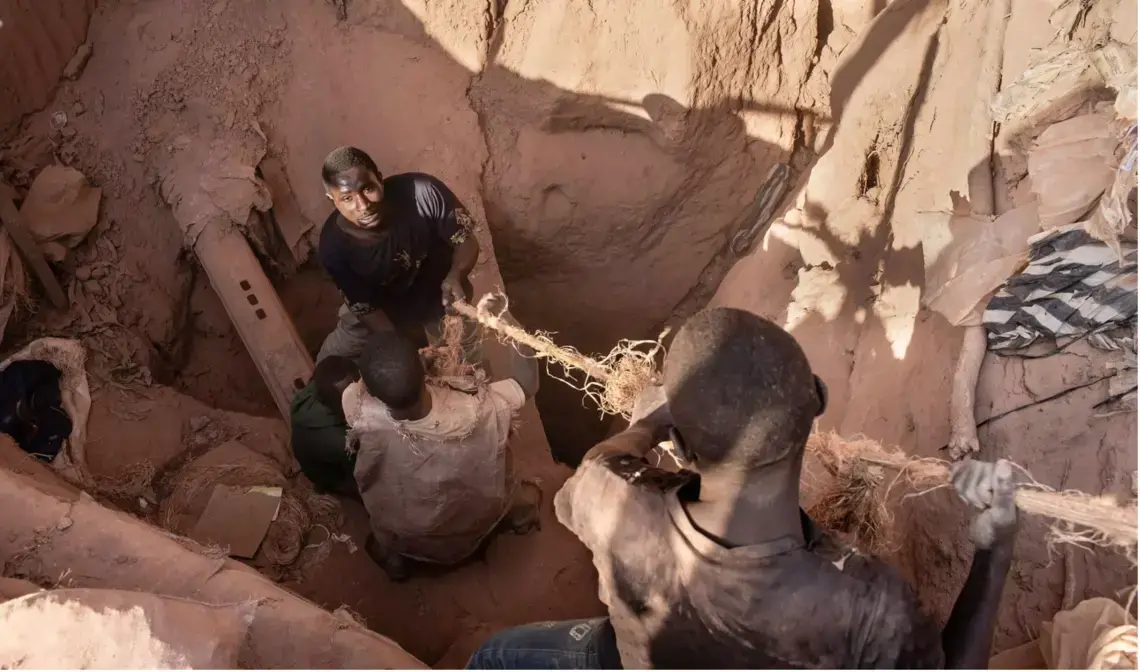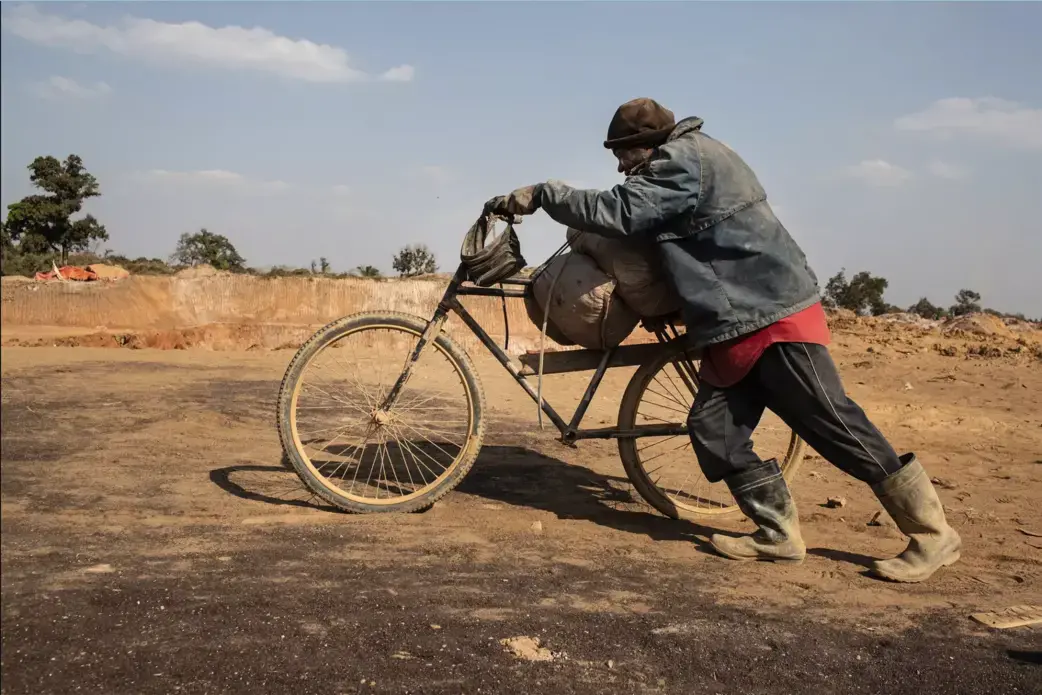
When photojournalist Sebastian Meyer stepped outside Lubumbashi International Airport in the Democratic Republic of Congo, he was greeted with a picture of a former president saying “Ne jamais trahir le Congo,” which translates to “never betray Congo.”
“That was perfectly symbolic of the attitude there and what we were about to get into,” Meyer tells Fortune.
For the Fortune magazine story “Blood, Sweat and Batteries,” Meyer traveled to the DRC, as it’s known, to photograph the world’s largest supply of cobalt, an essential mineral found in the rechargeable batteries of our phones, tablets, and electric vehicles. The Congolese dig for cobalt, then sell it to (typically) Chinese middlemen, who then transport it back to their home country for use in the electronic devices we are now dependent on.
The Congolese government heavily restricted Meyer’s access, giving him clearance only to its flagship site, called the Kasulo Mine. He expected the proud jewel to be a façade of greatness with large modern equipment, safety hats, and everything up to code.
“Not even close,” Meyer says. “It was total pandemonium and total chaos in there.”
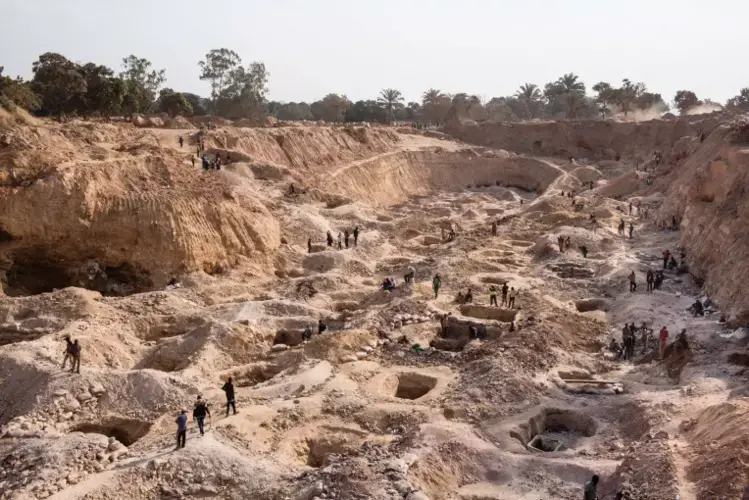
Meyer observed people digging and scrambling across the dirt by holding onto handmade ropes, which were made from tying ripped burlap sacks together. Workers hacked away at the dirt with a piece of broken rebar or a sharpened piece of metal. The only thing keeping the ant-like holes from collapsing were the sandbags surrounding them. Everyone wore the clothes they showed up in, the photographer says—no gloves, shoes, or hard hats to speak of. The photograph above reveals just a fraction—Meyer estimates one-sixteenth—of the entire Kaluso Mine.
“Everything is done with the most basic means possible,” he says. “There isn’t modern anything, just very primitive.”
Meyer met countless children carrying 30 pounds or more of cobalt on their backs, transporting the material from the mining sites to a depot where it gets valued and sold and back again. He photographed an 11-year-old who had been transporting bags of cobalt on his back all day.
“I have a 10-year-old nephew, so it takes no leap of imagination to think of some child you know who shouldn’t be doing this type of job,” he says.
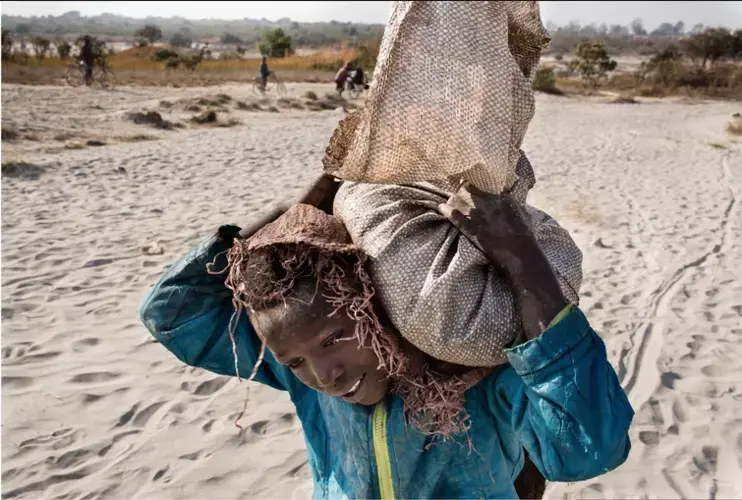
A key theme of the cobalt story is the persistence of child labor. Another is the economics and geopolitical ramifications of the business. During his trip, Meyer witnessed a key scene to understanding how cobalt gets from Congolese hands to the Chinese.
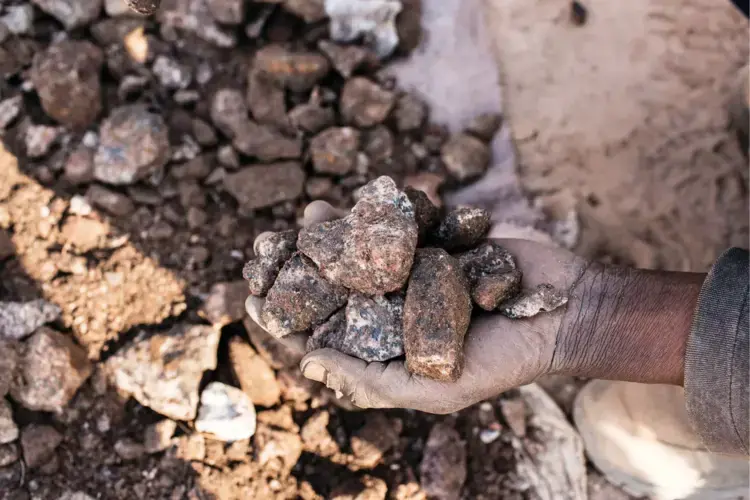
He traveled to the Musompo Market, an area that he was originally told to not step foot in. (Officials demanded that he provide a copy of his credentials to gain access to the area.) Miners wheeled pounds of cobalt down a road lined on both sides with depots ready for the Chinese traders to value the mineral.
“Journalistically speaking, the photos from Musompo Market are the most important scene, because it shows the exact transition of the cobalt from the Congolese to Chinese.”
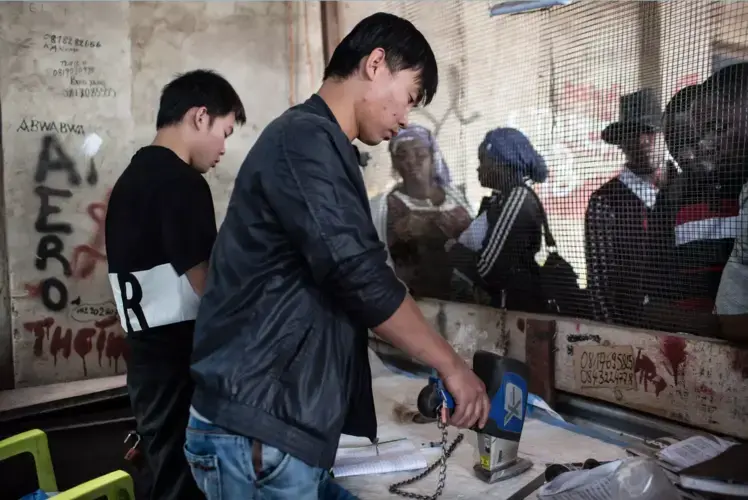
It’s not uncommon that violence breaks out after the cobalt is valued. A few days before Meyer arrived, a Chinese middleman was publicly beaten to death over a value disagreement.
In a permeating culture of aggression and violence, Meyer knew his six-day reporting journey would be testing the patience of the authorities. “We got what we got and we discovered what we were able to discover with persistence,” he says. “We were told ‘no’ so many times in so many different ways. But the key to this story was to not take no for an answer.”
Word spread fast when Meyer was in an area he didn’t get explicit clearance for. He spent one afternoon with child miners in a local village but after a few hours, the authorities were alerted and he was ordered to leave.
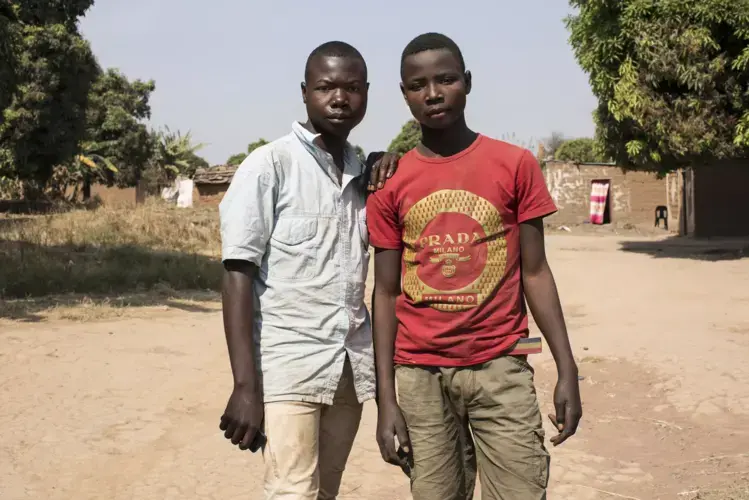
“Being there made someone nervous enough that they had to threaten us,” he says. “There’s a type of fear everyone is living under.”
As a photojournalist, Meyer tries to show a problem to his audience, then offer a solution. The Fortune assignment was challenging, he says, because the problem was so vast and the solutions so difficult to show. If you have a rechargeable battery, his photos show what it takes to make it possible.
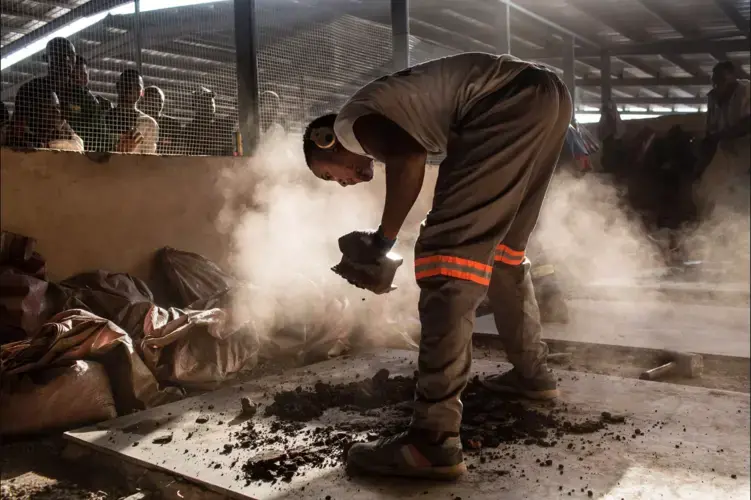
“We have not engaged with Africa on an economic level, but China has invested and engaged,” he says. “Pulling back from the world is not just bad in terms of our liberal views of democracy—it’s genuinely bad for business."





